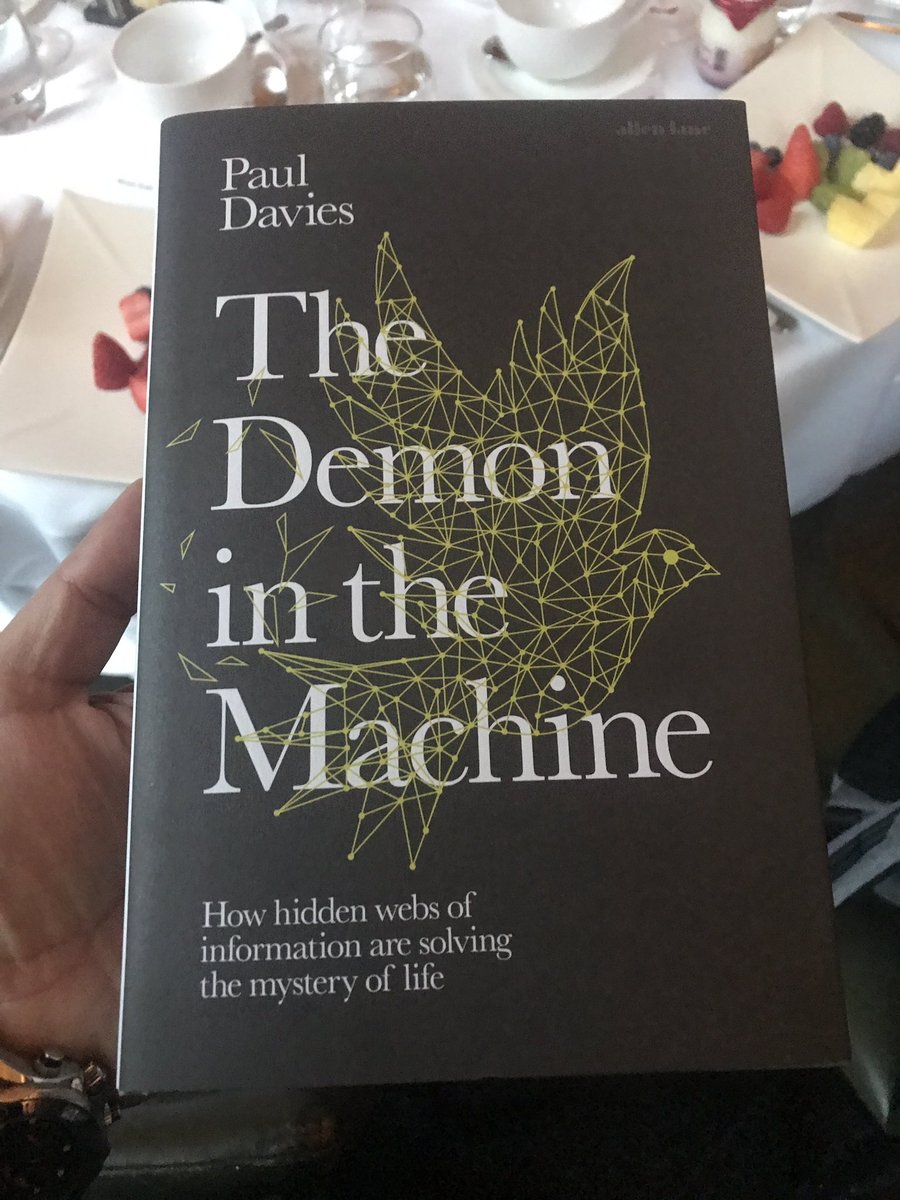
ONCOGENES RESPONSIBLE FOR SPECIES DIFFERENTIATION?
In earlier blogs you will see is the essential problem for Neo-Darwinism is that there is only a 1-2% difference in DNA sequence between human and chimpanzee. At the molecular level, genome and proteins, the human and the chimpanzee are more similar than sibling species and yet the phenotype of human and chimp are so vastly different that taxonomically they are placed not only in different genera but in different families.
In his new book The Demon in the Machine, Paul Davies proposes that oncogenes may be responsible for differentiation of the species. Oncogenes are the genes implicated in the development of cancer cells as well:
<Another reason that evolution hasn’t eliminated cancer is because of the link with embryogenesis. It has been known for thirty years that some oncogenes play a crucial role in development; eliminating them would be catastrophic. Normally, these developmental genes are silenced in the adult form, but if something reawakens them cancer results – an embryo gone wrong developing in adult tissue. The writer George Johnson summarizes this well by referring to tumours as the ‘embryo’s evil twin’. Significantly, the early stages of an embryo are when the organism’s basic body plan is laid down, representing the earliest phase of multicelled life. When the cancer switch is flipped, there will be systematic disruption in both the genetic and epigenetic regulators of information flow, as the cells recapitulate the very different circumstances of early embryo development. This will involve both changes to the way regulatory genes are wired together and changes in patterns of gene expression. Our research group is trying to find information signatures of these changes. We hope it will prove possible to identify distinct ‘informational hallmarks’ of cancer to go alongside the physical hallmarks I mentioned – a software indicator of cancer initiation that may precede the clinically noticeable changes in cell and tissue morphology, thus providing an early warning of trouble ahead.>
It should be a simple matter to compare the oncogenes of human and chimpanzee and see if there are any significant differences that might explain how humans and chimps can be so similar in genotype and yet so different in phenotype.
In addition Paul Davies in his book tells about the massive electrical activity both in cancerous tissue and in embryogenesis:
<Altering the electrical properties of so-called instructor cells had a dramatic effect, causing the pigmented cells to go crazy, spreading cancer-like into distant regions of the embryo. One perfectly normal tadpole developed a metastatic melanoma entirely from the electrical disruption, in the absence of any carcinogens or mutations. That tumours may be triggered purely epigenetically contradicts the prevailing view that cancer is a result of genetic damage, a story that I shall take up later in the chapter. All this was remarkable enough. But an even bigger surprise lay in store. In a different experiment at Tufts University, devised by Dany Adams, a microscope was fitted with a time-lapse camera to produce a movie of the shifting electric patterns during the development of Xenopus embryos. What it showed was spectacular. The movie began with a wave of enhanced electrical polarization sweeping across the entire embryo in about fifteen minutes. Then various patches and spots of hyperpolarization and depolarization appeared and became enfolded as the embryo reorganized its structure. The hyperpolarized regions marked out the future mouth, nose, ears, eyes and pharynx. By altering the patterns of these electrical domains and tracing how the ensuing gene expression and face patterning changed, the researchers concluded that the electrical patterns pre-figure structures scheduled to emerge much later in development, most strikingly in the face of the frog-to-be. Electrical pre-patterning appears to guide morphogenesis by somehow storing information about the three-dimensional final form and enabling distant regions of the embryo to communicate and make decisions about large-scale growth and morphology.>
In my article The Evolution of Consciousness on this website I argue that the DNA is a semiconducting nanowire, and that communication in the nucleus of the cell is mediated by UV light aka biophotons aka optogenetics. Quite simply a semiconducting nanowire will emit UV light when the electrons in the conduction band fall back into their holes in the valence band. A recent study notes some curious facts about the electromagnetic properties of DNA. For example, link DNA is said to “zig-zag” back and forth between “stacks” of these mini-coils, while the histone cores of the mini-coils are reported to link with each other. There is said to be a “permanent dipole moment” between each mini-coil that generates “electric dipolar oscillation” between them. The capacity for mutual induction of electromotive force (emf) in the nucleosomal fiber would be virtually infinite. In addition, the current that has been detected in the nucleosomal fiber is “oscillating;” that is to say, it is an alternating current with frequencies between 2 and 50MHz.
In other words the genome is capable of generating its own electricity and this electrical activity mediates communication in the cell thru UV photons aka optogenetics. We find that oncogenes play a prominent role in embryogenesis and cancer cells. It seems likely that these three processes are linked in a fundamental way: the oncogenes are directing the electrical activity to produce coherent UV photons to control embryogenesis, and corrupted oncogenes result in incoherent UV photons which sends out scrambled signals to the cells which results in cancer. Quite simply the proper program they run in embryogenesis goes haywire. Which leads us back to Paul Davies’ initial thesis in his book that all of life is information processing.
QED
